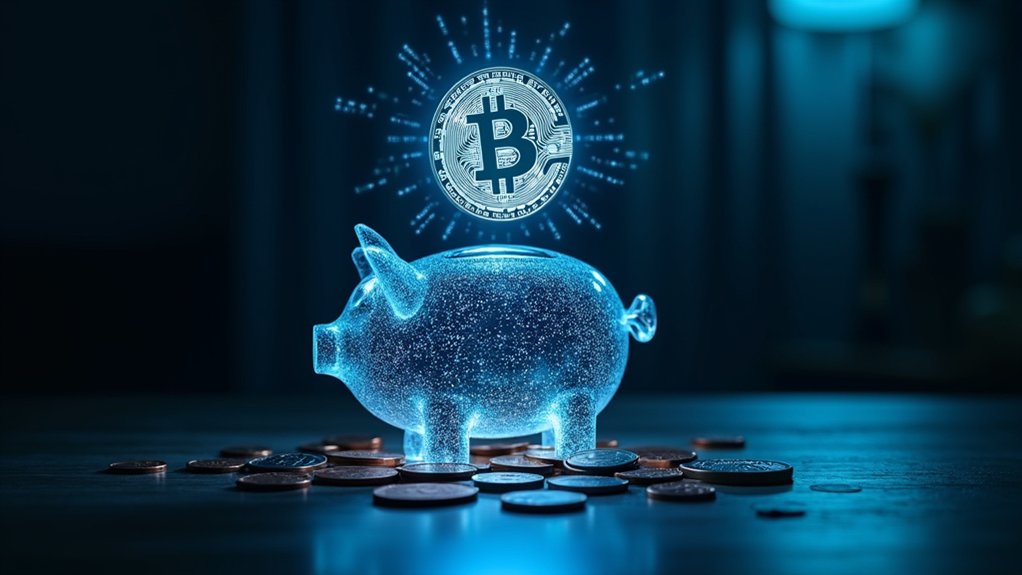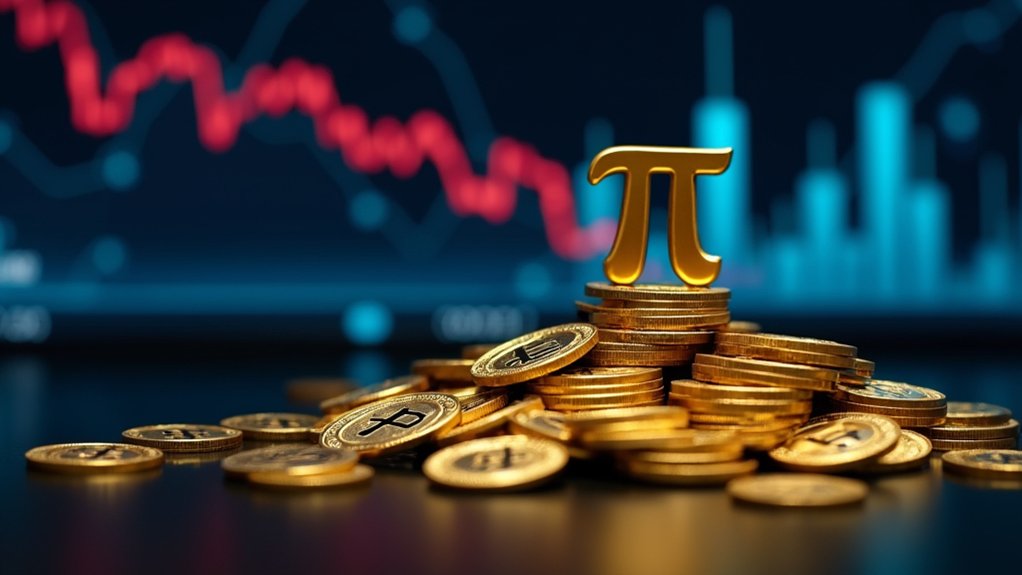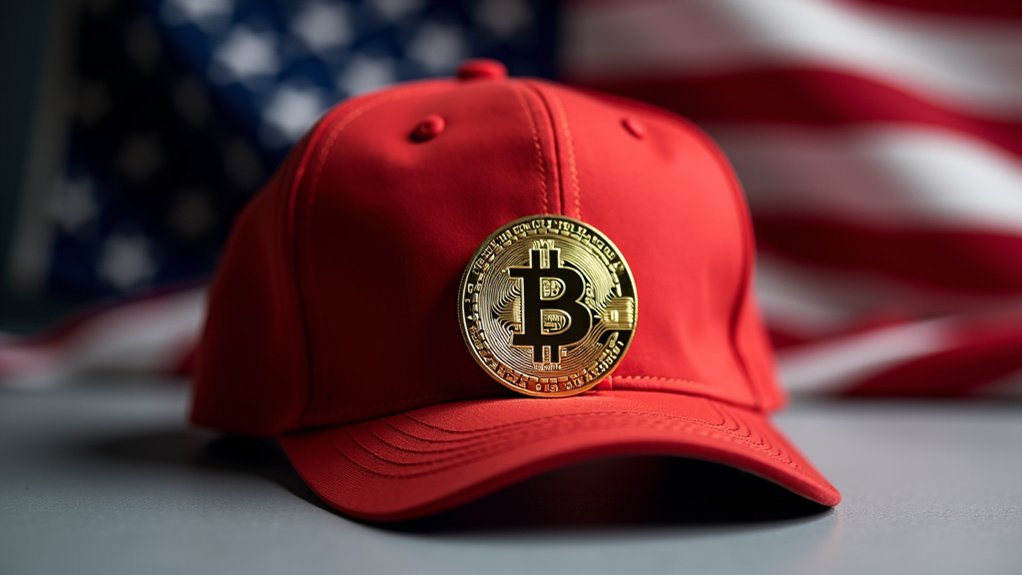While many Americans believe the U.S. has never defaulted on its debt obligations, history tells a different story. The nation’s first major default came during the War of 1812, when the Treasury simply couldn’t keep up with its debt payments. Treasury Secretary Alexander J. Dallas had to admit the embarrassing truth – they weren’t paying dividends on time.
By the war’s end in 1815, America’s debt had ballooned from $45.2 million to a whopping $119.2 million. So much for fiscal responsibility. The Civil War would later cause an even more dramatic spike as debt rose from 65 million dollars in 1860 to $2.7 billion by war’s end.
Then came FDR’s controversial move in 1933-34. In what might be called the “Great Gold Switcheroo,” Roosevelt decided that paying bondholders in gold – as promised – wasn’t going to happen. Technical default? You bet. The government basically told investors, “Remember that gold we promised? Yeah… about that.”
FDR’s gold payment denial in 1933 proved that even the U.S. government sometimes changes the rules midgame on its debt promises.
Even modern technology couldn’t save Uncle Sam from fumbling the ball. In 1979, the Treasury managed to miss payments on $122 million in Treasury bills because of computer issues. Imagine telling your credit card company, “Sorry, my laptop crashed.” They eventually paid up with interest, but the damage was done. Today, experts warn that failing to pay could trigger serious economic problems.
There was one brief, shining moment when America was totally debt-free. Under Andrew Jackson in 1835-1836, the country actually paid off all its interest-bearing debt. The government was so flush with cash it had a $17.9 million surplus.
Jackson even killed the Second Bank of the United States and turned a profit doing it. But like most debt-free periods in history, it didn’t last.
Since World War II, America’s relationship with debt has been like a roller coaster – up during Truman’s years, down until Nixon, way up under Reagan, and down again during the Clinton era. Despite occasional dips in the debt level, the U.S. hasn’t seen a zero balance since 1836.
While the government has never completely turned its back on Treasury debts, these episodes prove that even America’s credit isn’t bulletproof. Sometimes Uncle Sam needs a payment plan too.





